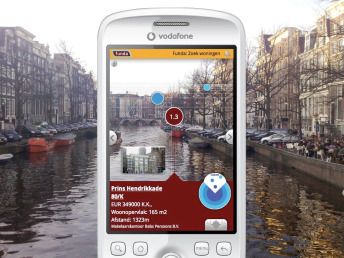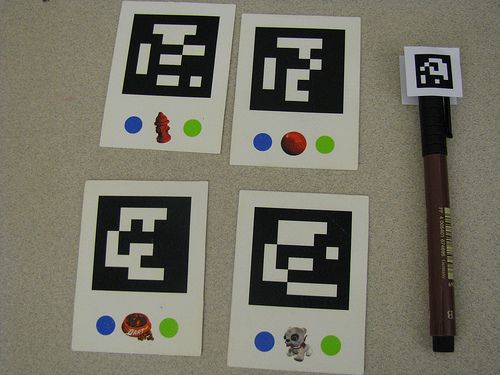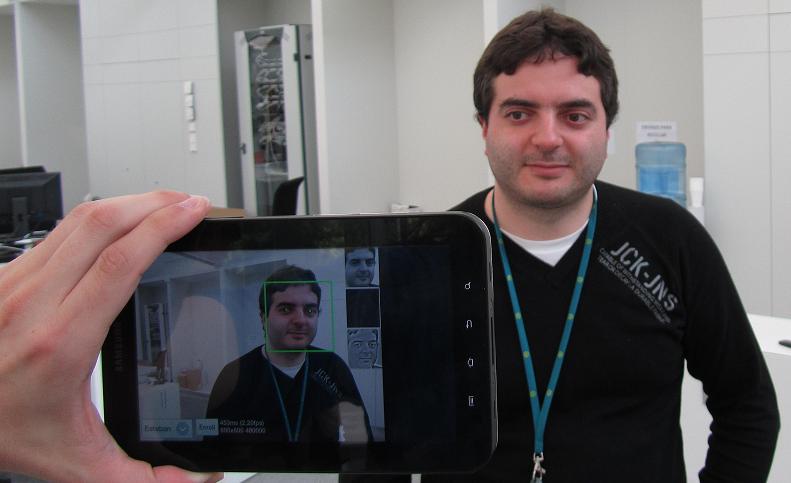
Layar application. Source: hagoclic.lavanguardia.com
Augmented reality is a term that refers to the integration of elements in a real environment with other computer-generated ones, creating an “enriched” representation of reality. The essential feature of augmented reality is the ability to integrate virtual information within a real scene in a realistic and intuitive manner, in real time. The most widespread practical application of augmented reality is the overlay of text and synthetic images on a real image captured by a camera. For example, it would be possible to focus with a phone camera to a particular monument and get on its display all relevant information related to that monument superimposed on the image captured by the camera. The market for augmented reality applications on mobile devices is experiencing a breakthrough. According to a report created by Juniper Research, total annual revenues from AR-enabled apps will reach $732 million in 2014, up from less than $2 million in 2010. Such a major growth is related to the increasing presence and processing power of the so-called “smartphones.” Today’s most popular augmented reality mobile applications are Layar (www.layar.com) and Wikitude (www.wikitude.org), but they still have a limited functionality, as they only use information received through the phone’s positioning sensors: GPS and digital compass. This is mainly due to the limited computational power of the devices for which they were designed.

Fiduciary marks used in augmented reality. Source: www.flickr.com/photos/tweenina
The challenge now is to provide object recognition and tracking in uncontrolled conditions, using models of the scene objects to be tracked. This would allow a much more robust tracking, even if the objects are partially occluded, which might be of interest for instance in medical imaging applications. Indeed, in Gradiant we are currently working on several computer vision projects for mobile devices that could mean a first step towards breaking the limitations of these devices with regard to augmented reality applications.
 Reconocimiento de caras en dispositivos móviles. Fuente: Gradiant.
Reconocimiento de caras en dispositivos móviles. Fuente: Gradiant.


